Property Geek
We provide the actual and accurate information with unbiased user driven reviews to our viewers, to help them see the best and find the best!
View posts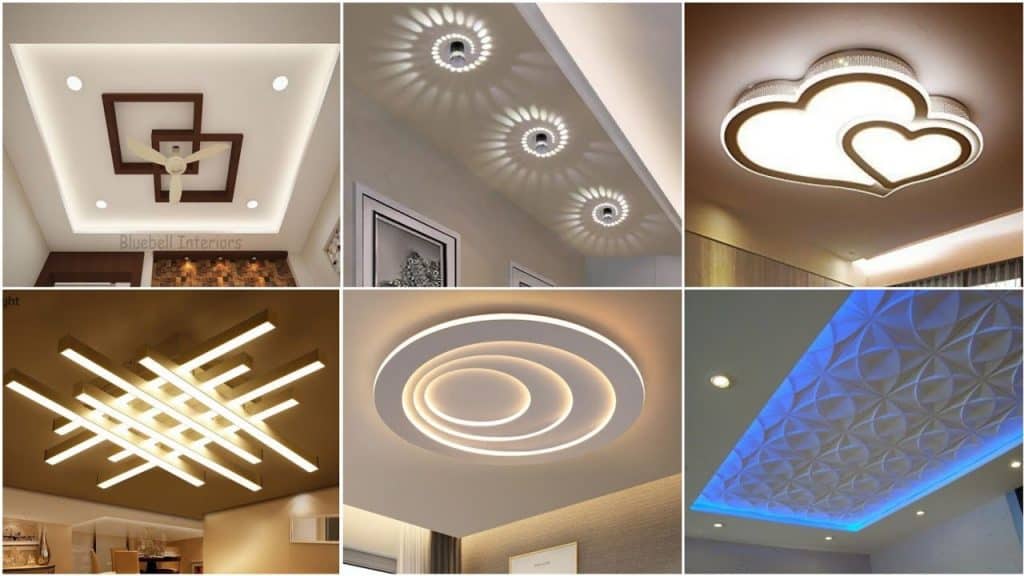
A poorly lit room can feel dull and uninviting, even with stunning interiors. Choosing the wrong lighting for your ceiling can undermine your home’s aesthetics and functionality, leaving you dissatisfied with the overall ambiance.
The good news is, there are countless false ceiling light designs that not only brighten your space but also enhance its visual appeal. From sleek recessed lights to elegant chandeliers, the right lighting design can transform any room.
In this article, we’ll explore different types of ceiling lights to help you create a home that’s both stylish and well-lit.
First, let’s take a look at the types of ceiling lights available based on the materials. As the material of the light fixture is what determines the mood of the lighting and it must get along with the interior design of the specific room.
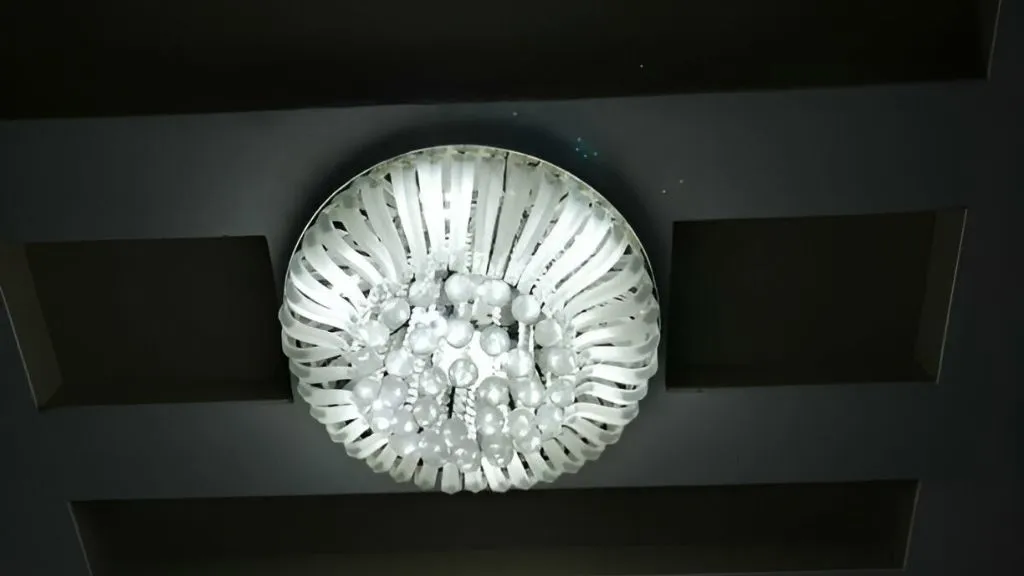
Crystal light fixtures are types of ceiling lights made up of the most delicate material. It is the first choice for chandeliers and pendant lights. Crystals have the unique quality of reflecting the light in the most beautiful way. It adds grandeur to the space. It is also one of the most expensive choices. The monumental crystal lightings are generally placed in places of more importance and attention like the hall or dining rooms where it stands out as a statement piece.
Known for its elaborate designs, crystal light fixtures when placed in the wrong space, can make the room look smaller as it takes up more space.
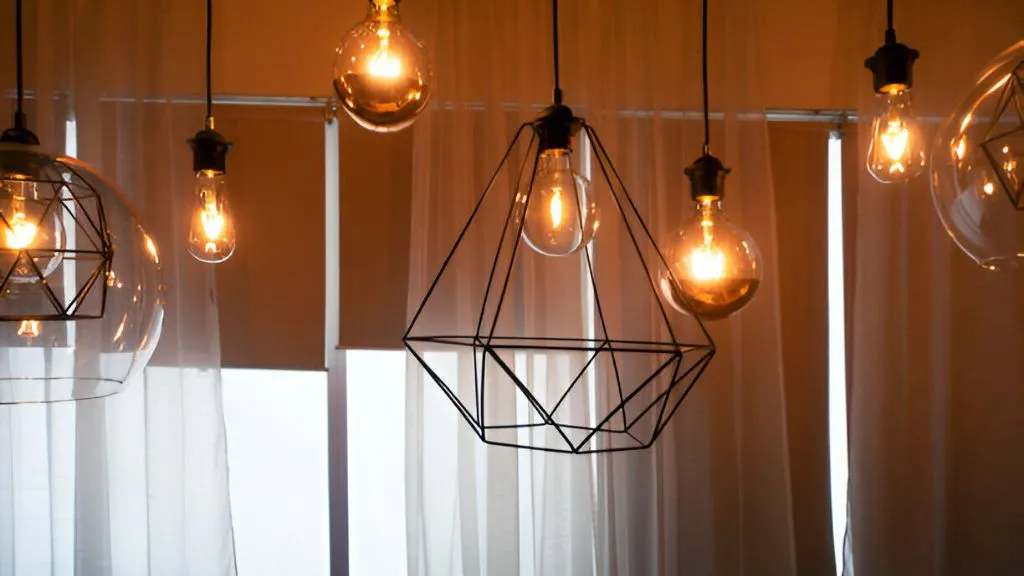
Glass material is the most common choice for ceiling light material predominantly for its nature of blending in with the design value of the space. It does not make a strong statement. Glass has the property of diffusing light hence making space well lit. This makes glass ceiling lights both functional and decorative.
Glass is a versatile material to work around. The addition of color or texture to the glass surface adds an extra oomph to the space. It is highly common in semi-flushed and pendant light designs.
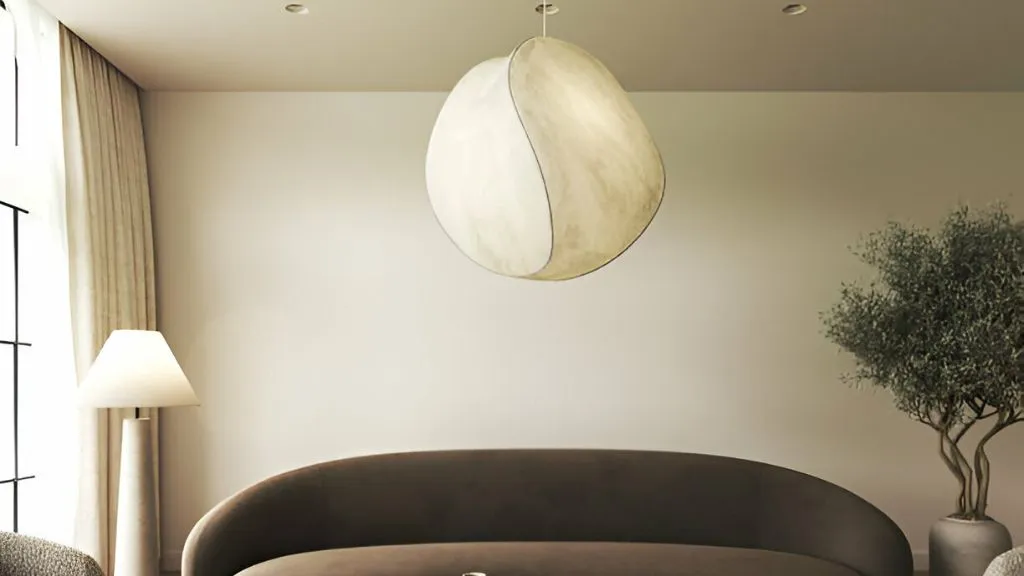
Fabric light fixtures are types of ceiling lights more often used in personal spaces like the bedroom. But with your own personal twist, you can make it a statement piece anywhere as the shade of the fabric can be adjusted. It adds more warmth to the space and sets the tone to unwind.
The fabric material is majorly used for flush and semi-flush lights.
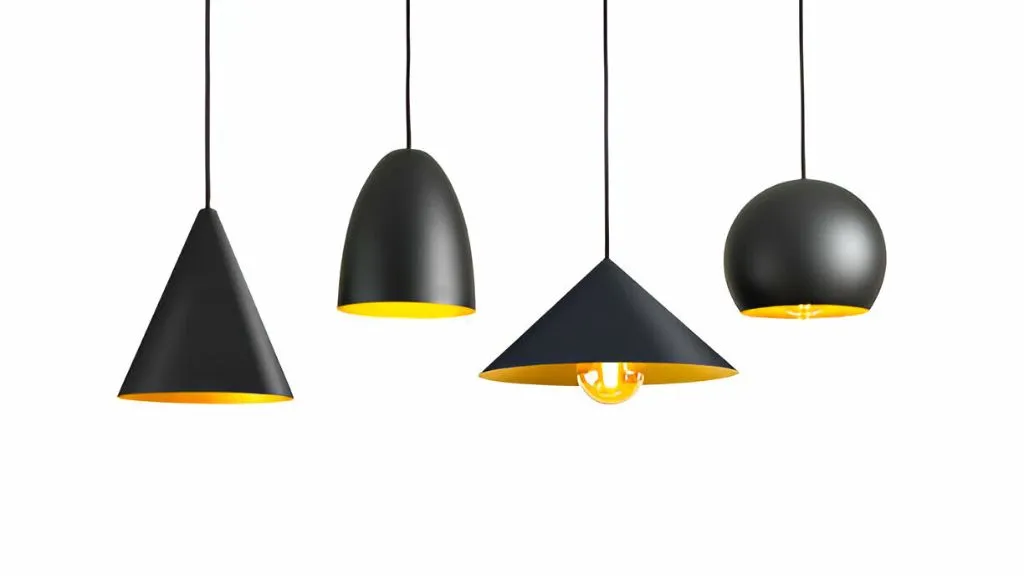
Metal ceiling lights are the latest addition, which is fast catching up in popularity as it complements the modern contemporary interior style. It has the versatility to blend in with the design of the space or be the centerpiece of attention. They are apt in every look and corner of your house, from track and rail lighting to the modern kitchen islands.
Now that we have seen the possible materials available for the ceiling lights, let us look at the various designs available based on the mounting of the ceiling light.
Hanging ceiling lights can easily be the center of attraction. It is best used for ambient lighting or specific spots as it usually lights up smaller spaces.
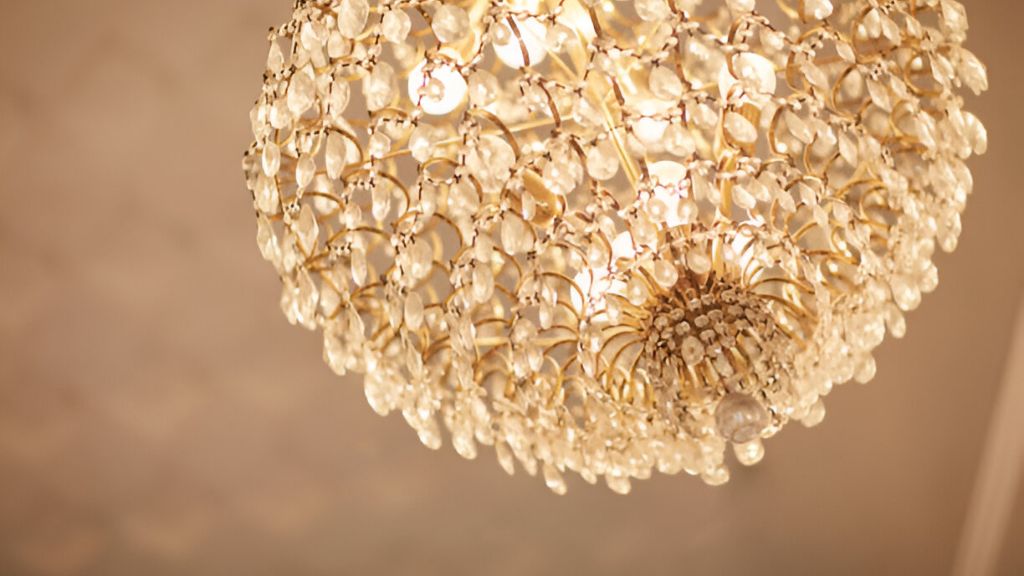
Chandeliers are no doubt the point of focus irrespective of where we place it. It adds glamour to the space by the way it beautifully reflects the light. Chandeliers, in general, are a symbol of grandeur, it always stands out thus choosing the design which reflects the vibe of the room. It can take up more space hence its positioning must be done carefully, especially with the height.
Chandeliers are the best option if you are looking for a piece to fill up more space and add a statement to the interior. The dining room is one of the best choices, when placed above the dining table it makes it the center of attention. While placing it in the dining room, make sure that you position it 30 inches above the dining table. This gives the best lighting for the room, giving it the illusion of more space.
How do you find the right fit of chandelier for your room:
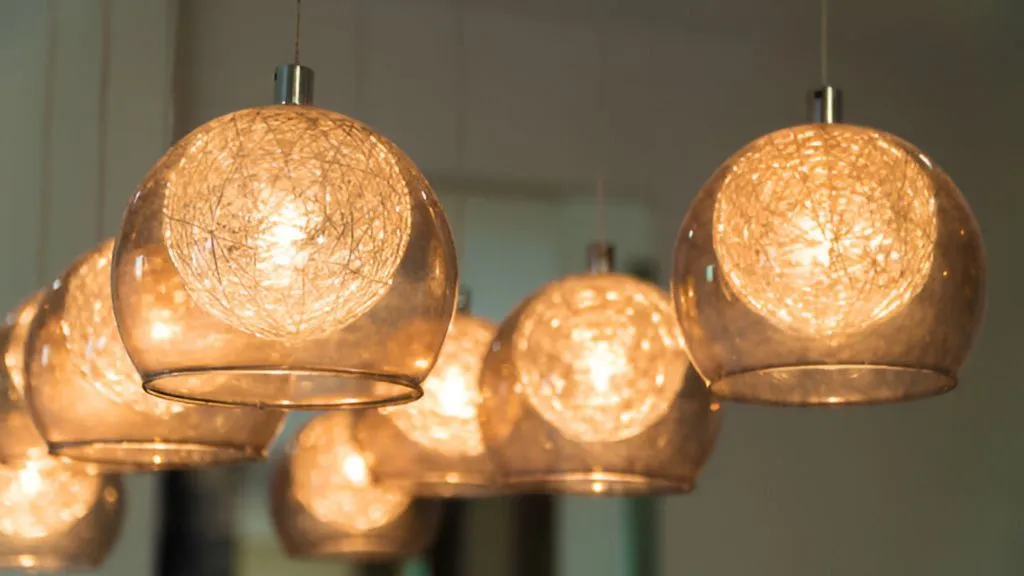
Pendant lights are types of ceiling lights that are very similar to chandeliers with the major difference being it provides only a single source of light. It is the best choice for additional light. Pendant lights are used to highlight specific spots in the interior along with the flush light fixtures.
Pendant lights can be also used in pairs to create patterns in the room or multiple installations to light up the entire hallway. Mini-pendants are a smart way of lighting small spaces without taking up too much space yet adding decoration. But the choice of pendant must be made cautiously as the pendants are in general low lying, hence gaining attention hence it must reflect the style of the interior. You can choose one for every style.
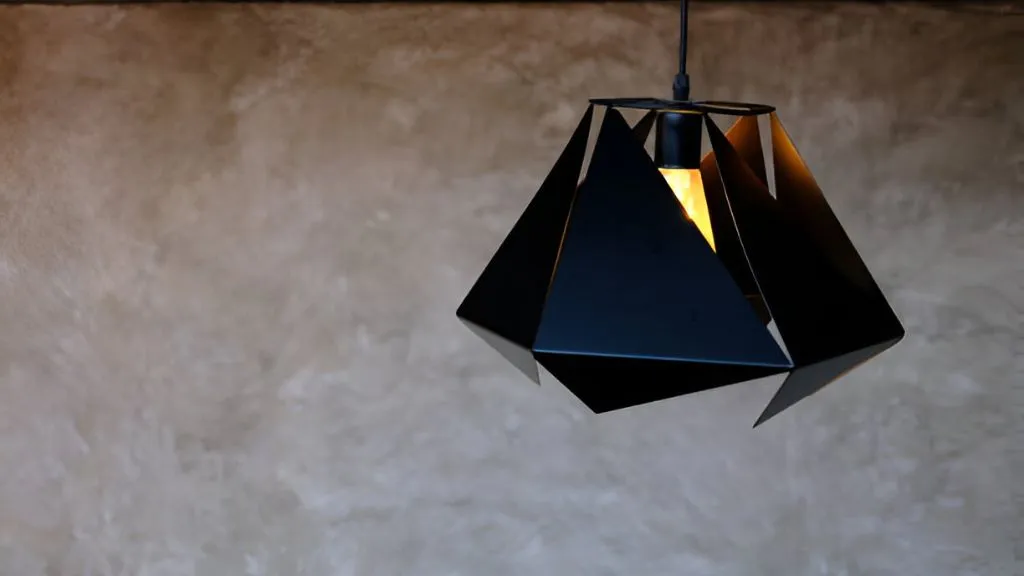
An inverted pendant is a popular choice for personal spaces like bedrooms and kitchen islands. It is one of the most common choices for ambient lighting as it can make an even smaller room look larger as it tends to reflect light to the ceiling too.
Inverter pendant lights are also known as bowl pendants as it is the most common shape available but not the only shape. A variety of other shapes are also available today in the market. The center crown molding is a perfect addition as a centerpiece due to its detailed design and direct lighting to the mold.
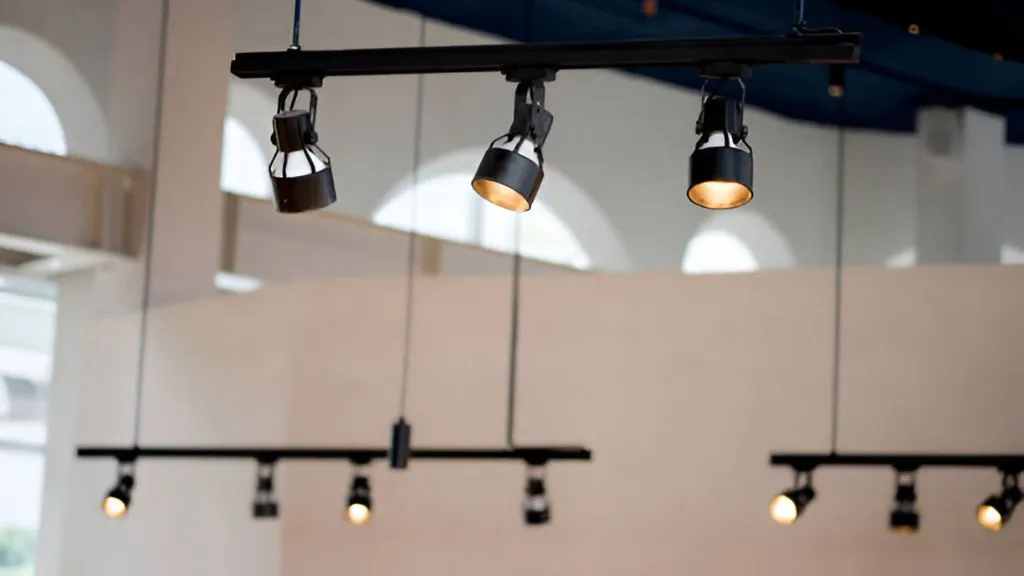
Track and rail lighting is one of the latest types of ceiling lights. It creates the most unique modern touch to the interior. This fixture is commonly used to add several lights together on or hand from a track. This design is highly modified as per the design required and the interior of the space. The track can either be mounted on the ceiling or suspended from the ceiling as per the interior requirement. Certain designs allow you to even rework the direction of single light units as you need.
Track and rail lighting is the most popular choice for modern kitchen designs and bathrooms as it is an alternative to semi-flush fixtures for the modern interior.
The combination of track and pendant lighting can create individual designs that provide optimal lighting.
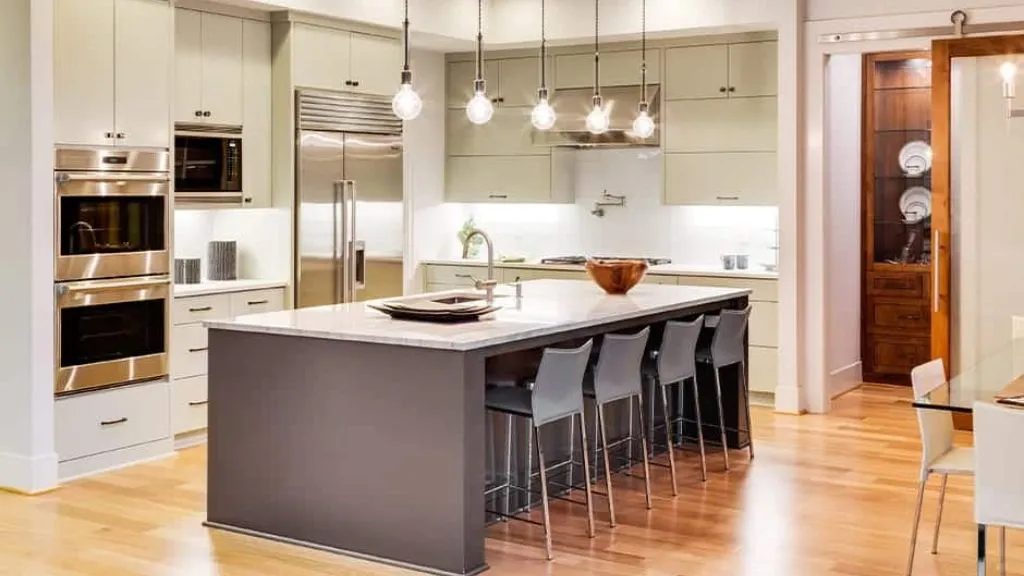
Island lighting is a type of ceiling light specially designed for modern kitchen islands. It is quite similar to track and rail lighting but is usually suspended much lower from the ceiling and it can light a larger space as it is available in round and square shapes.
Though mostly placed for modern kitchen islands this design is quite functional for desks too.
Ceiling mounted lights are flush to the ceiling or close to it. It is the best choice for medium to larger spaces as it can light up the whole space. It also adds more dimension to the low ceiling. Now let’s look at the various types of ceiling lights mounted to the ceiling.
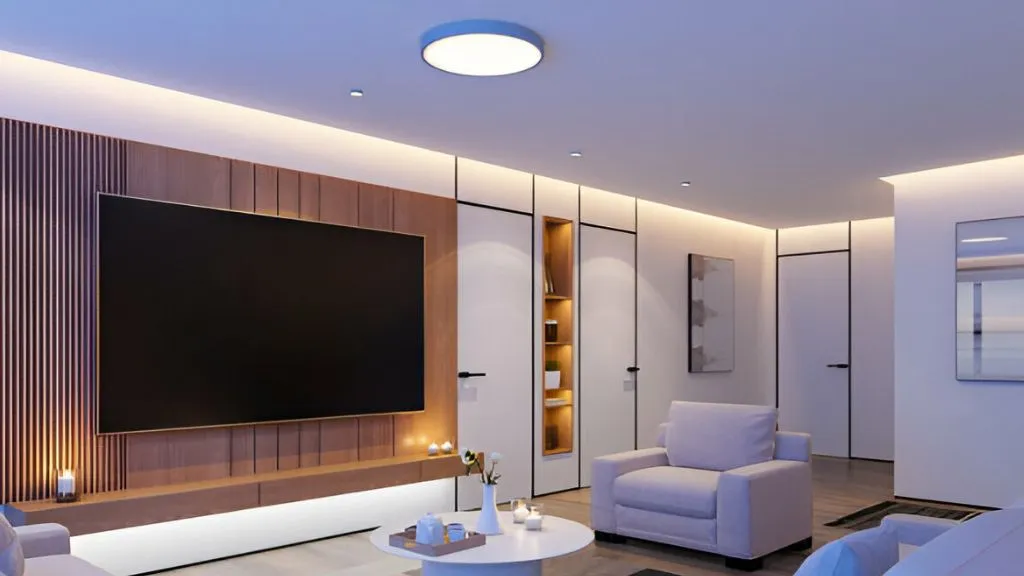
Ceiling mounted lights are flush to the ceiling or close to it. It is the best choice for medium to larger spaces as it can light up the whole space. It also adds more dimension to the low ceiling. Now let’s look at the various types of ceiling lights mounted to the ceiling.
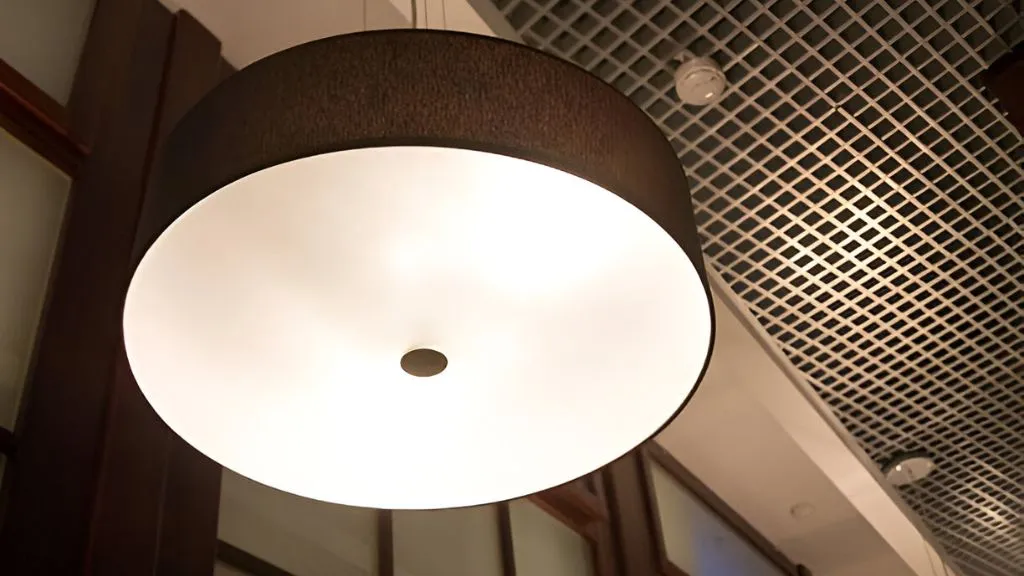
Semi-flush-type ceiling lights are a common choice for high-raised ceilings. It is suspended at a height of 4 to 8 inches from the ceiling. It comes in versatile sizes ranging from 7 to 24 inches in diameter. Commonly used in the kitchen and small dining rooms, this type of ceiling lights can be even used to light up other areas too.
One of the major differences in the functionality between flush lights and semi-flush light is, while flush lights direct the light downwards, into the room, semi-flush directs light equally downwards into the room and upwards to the ceiling giving the room an impression of more space.
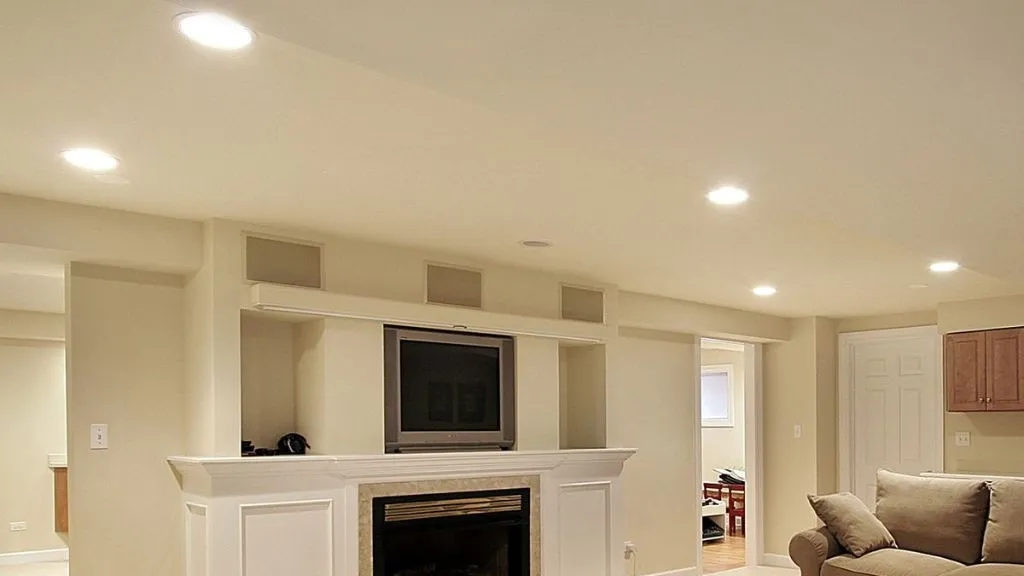
Recessed lights are types of ceiling lights that are fixed inside the ceiling. It is the best choice for a low ceiling as no part of the fixture is out. This light fixture is also called pot or can lights. In order to fix a recessed light, you need a minimum of 6 inches clearance over your ceiling.
This type of ceiling light best works as an ambiance light, as the light fixture is placed inside a glass panel, the light tends to diffuse. The trim around the glass panel often affects the dispersion of light. Recessed lights are a great option as spotlighting to draw attention, with the use of eyeball trim, this can be achieved.
Another way to redesign its functionality is to direct it to a plain wall. This will result in bouncing off the light to the entire wall making the room look more spacious. This is an efficient lighting idea especially for smaller rooms with sloped ceilings. You can also install a few on this lighting fixture in order to light up a larger space as it is an affordable choice.
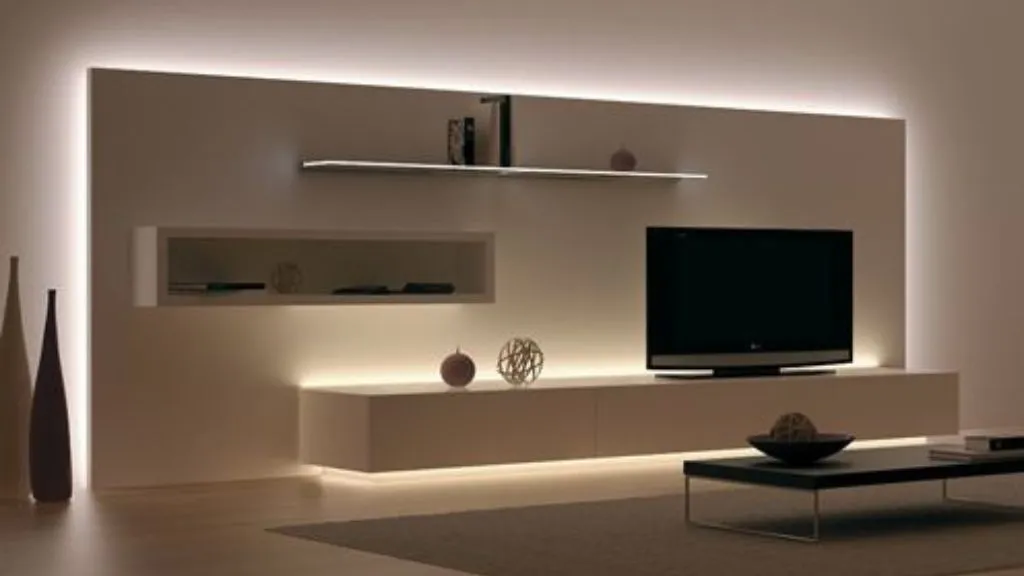
LED indirect lightings are types of ceiling lights that can change colors. This is not generally sealed to the ceiling but attached to the ceiling as strips. They tend to reflect light off the wall and ceiling giving the room a larger appearance.
This is a very affordable option that works for modern designs. LED lighting is also a fun option for DIYs. The brightness levels can be controlled in certain designs of LEDs. It is usually sold at a per foot rate.
The types of ceiling lights available today in the market are wide. There is definitely one that suits your design, lighting requirement, and of course budget. Since the lighting can make or break the look of your interior space, make sure you choose the one that blends in with the aesthetics and elevates the look altogether. Also, make sure that you opt for the right type of bulb to attain the lighting you are looking for.